BY JOSE PAOLO S. DELA CRUZ
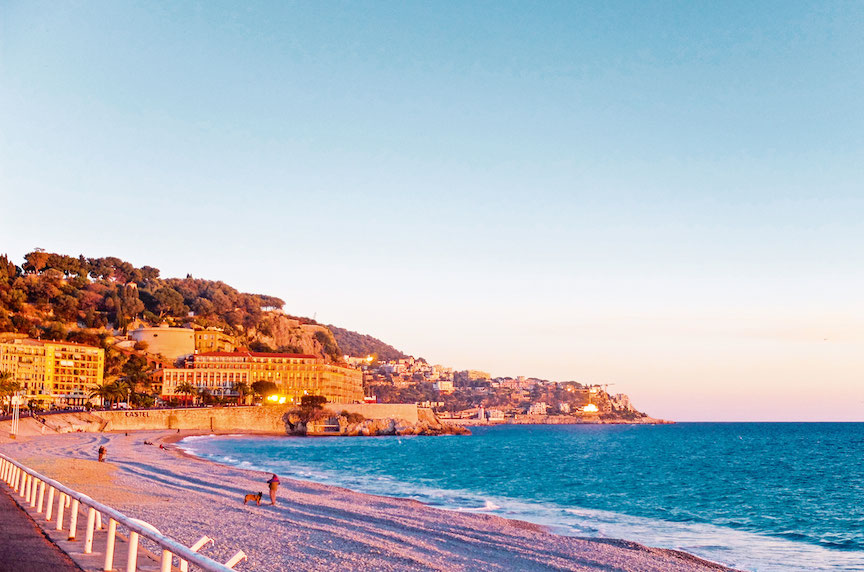
“The French are glad to die for love,” sang the courtesan Satine in the movie Moulin Rouge. Eight days in Southern France is all it takes to know why those words were coined, immortalized in song, and recited with such passion and conviction.
Seventeen hours flew by like a miracle aboard Turkish Airlines’ flight from Manila to Paris, via Istanbul. From the plush flatbed seats with fresh comforters to a candlelit dinner in the skies, as well as free, working WiFi in Business Class, the journey to the Charles de Gaulle airport in Paris was as restful as can be — almost comparable to an overnight stay in a hotel in the clouds.
Timing was also perfect. We left Manila a little before midnight, and landed in the City of Lights around 10 in the morning. After a quick breakfast of cappuccino, bagel and croissant, our group had more than enough energy to get started on a splendid adventure.
Dubbed aptly as the “Splendours of Southern France,” the eight-day itinerary prepared by world-renowned Insight Vacations promised the best that Provence and the French Riviera have to offer. And with representatives of Atout France and Philippine tourism icon Rajah Travel Corp. by our side, we had no doubt that such a promise would be fulfilled, not just with ease, but with flair!
As an Insight Vacations offering, the trip came complete with excellent land travel arrangements. Sometimes it would be comfortable SUVs. Mostly, it would be a luxury coach with business class legroom and panoramic windows perfect for sightseeing. The legroom is perfect, not just for sitting comfortably, but for accommodating an excess of shopping bags that most Asians are known to accumulate when in Europe.
Of course, there are also the fabled travel directors of Insight Vacations, tour masters who don’t just mindlessly herd the flock from one location to another. They are well-informed, well-dressed and well-rounded. Representing them on this trip was our charming travel director Phillipe de Olivera.
Evon Ler, the fashionable president of Insight Vacations Asia, summed it up in one of our conversations. “When you go on a trip with us, we want you to relax and enjoy the experience. We make sure to always add something extra, something special!” No truer words have been spoken.
It started in Paris

It was just the first day but there was already a spring in our step. We passed by the Arc de Triomphe and some notable streets in Paris on our way to the Eiffel Tower. There, a fringe privilege of being an Insight Vacations guest manifests itself.
Thanks to previously made arrangements, we skipped the winding queues for the viewing deck. Upon seeing our Insight Vacations tags, the staff led our group straight to the lifts. In a matter of minutes, we were already taking selfies atop the Eiffel with the Parisian cityscape as our backdrop.
While the Eiffel is arguably the most iconic landmark of Paris, it’s the visit to the Moulin Rouge that truly made me restless (being a fan of the film and Nicole Kidman). The real Moulin Rouge was nothing like the one in the movie, save from its iconic red windmill. But that’s not to say it wasn’t spectacular.
There, we witnessed Burlesque at its finest, with beautiful men and bare-chested women dancing around in their colorful costumes, ladies flirting with snakes and crocs in a water tank, and acrobats gracefully piling themselves on top of each other on thin sheets of glass. It was amazing entertainment for dinner, which consisted of salmon, steak and champagne. Just like at the Eiffel, we didn’t have to line up to get the best seats in the house.
The day in Paris was wonderful but if this French trip was love, then the Moulin Rouge and Eiffel were mere flings to whet the appetite of an excitable heart. The real adventure starts outside of Paris.
The Popes of Avignon

We bade Paris adieu as we boarded the TGV train to the Provence region. Phillipe noted that at 280-300 kph, the two-and-half-hour train ride had already helped us scale more than half of France.
We found ourselves in the walled city of Avignon, home to a modest 60,000 people, 25,000 of who live inside the wall. The fortified place was once home to the Medieval popes and antipopes, and was once among the most powerful places in Europe.
For our second and third nights, we would stay at Hotel d’Europe, one of the oldest hotels in France. The hotel follows the conventional layout of old European houses, where an open courtyard is encased in walls and corridors that make up the main house. So popular is this hotel that even the great Napoleon Bonaparte stayed here on one of his visits.
Like most old hotels though, Hotel d’Europe (while beautiful during the day) can get quite haunting at night, due to its narrow hallways and abundance of old paintings. A roommate is suggested for the faint of heart.
Outside the hotel, Avignon revealed itself as a classic countryside — street market shops, al fresco cafés, churches and castle-like houses complete the rather cozy landscape. But upon seeing the medieval battlements and learning of its history, especially when Avignon was involved in a power struggle with the Popes of Rome, I got to understand the sense of pride that spoke through its walls.
“To you, this may be red and yellow, but here, this is blood and gold,” the local tour expert noted as she pointed at the Avignon Flag. Yes, each stop in our itinerary came complete with a local expert who gave context to everything that we saw with their educated insights — very helpful for those who need to write an article such as myself (or those looking to caption their Instagram posts).
My most beautiful memory of Avignon, though, was a special after-hours tour of the Palais des Papes. Considered as one of the largest and most important Gothic buildings in the Europe, this imposing structure was home to six papal conclaves, and was the seat of power of Western Christianity during the 14th century.
While the halls and rooms have now been turned into gallery spaces for modern art, a special app can be accessed through a tablet allows visitors to see the Papal Palace’s interiors in the past. From the Papal conclaves to lavish feasts held by Queen Marie Antoinette, to how the medieval French roasted their chicken and potatoes, the app is a time machine in the palm of your hands.
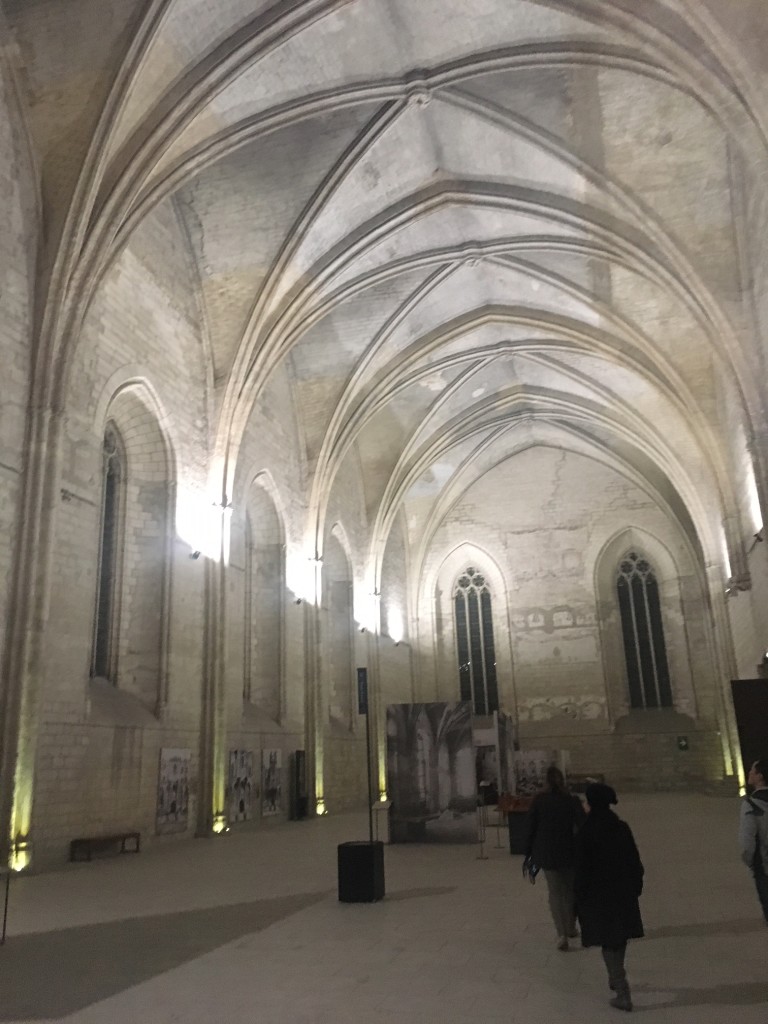
Starry nights and bull

With turmoil and spiritual battles having stirred our hearts in Avignon, we found respite in Arles.
Another person who found respite in this city was Vincent Van Gogh in 1889. In Arles, he completed almost 300 paintings, including “Sunflowers,” over the course of 15 months — marking the most productive year of his life.
Walking in Arles is akin to a tour of a Van Gogh exhibit without the paintings. In their place are images of his works, juxtaposed against the actual locations that inspired them.
“Les Arènes”, on the other hand, depicts the Arles Amphitheatre where Van Gogh used to watch bullfights. Shaped like a roman coliseum, the 12,000-seat structure is an ode to the gladiators of olden days, minus the slavery and gore. The outer gallery is the best-preserved part, with 60 pillars, all 21-m. high, surrounding the amphitheater.
In Arles, the bull is the star of the arena. “Local bullfighting makes the bull the master. Here, the bull should
not be killed. When a man prevails, we applaud. But if the bull dies, we play music (‘Carmen,’ to be exact),” said our local expert.

There was also Van Gogh’s “Café Terrace at Night.” “As you can see, the actual café is now painted yellow because of this painting. Some idiot thought Van Gogh saw it as yellow. In truth, he was painting it as it was illuminated by the yellow lights of the post,” chuckles our local expert.
Seeing what inspired the works of a man who has been the poster-child of the loveless was a profound experience — a lost man who found himself in Arles, produced immortal art and in doing so, became a much-loved son of not just one man or woman, but of an entire town. Oh Vincent, perhaps you’ll listen now!
‘The second most beautiful town in France’
The fourth and fifth days brought us back to a more romantic mood in Aix-en-Provence and the neighboring towns.
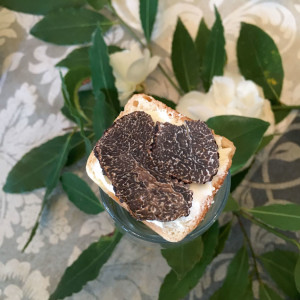
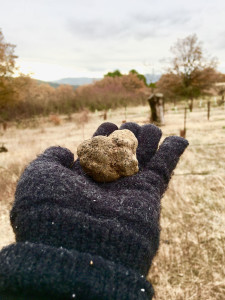
First, there was the unique experience of hunting for truffles. Dubbed as “black gold” by some, these expensive variants of fungus grow underneath olive and almond trees in very specific conditions. On this day, as the weather dropped to around two degrees Celsius, we hunted for truffles with two of the cutest hunters — a rescue dog and a schnauzer!
An hour of hunting yielded truffles that were later served on various hors d’ oeuvres, some champagne and even ice cream. Now that was a fine snack!
By the time we visited the port city of Marseille, the weather had dropped even more. However, it was nothing that a warm of bowl of bouillabaisse by the wharf couldn’t fix.
Marseille is an interesting city. It strays away from the usual dreamy aesthetics of Southern France. Being a city for sailors, there was an observable toughness in the air as we walked down stone-paved streets and winding stairwells. It was, after all, the setting of Alexander Dumas’ The Count of Monte Cristo (another favorite of mine). If I get to visit Marseille again, a side trip to nearby Chateau d’If, where the fictional Edmond Dantes was exiled, will definitely be at the top of my list.

For now though, I contented myself with a visit to La Grande Savonnaire, where we made soaps so fresh, we could literally tear them apart with our hands. We also spent moments at Old Port of Marseille, which looked absolutely divine at night.
Snow in Provence

On our second day in Aix-en-Provence, the snow that mildly dusted our coats from yesterday’s truffle hunt had finally fallen. It was the first time in seven years that it snowed in Provence. Like anything positively unexpected, this added a tinge of romance to the entire experience.
That morning, we headed to Cours Mirabeau, a beautiful street of plane trees, fountains and cafes. It opened with the Rotonde Fountain, adorned by three statues. Each represented the principal professions in this university city: Law (facing Cours Mirabeau), Agriculture (facing Marseille) and Art (facing Avignon).
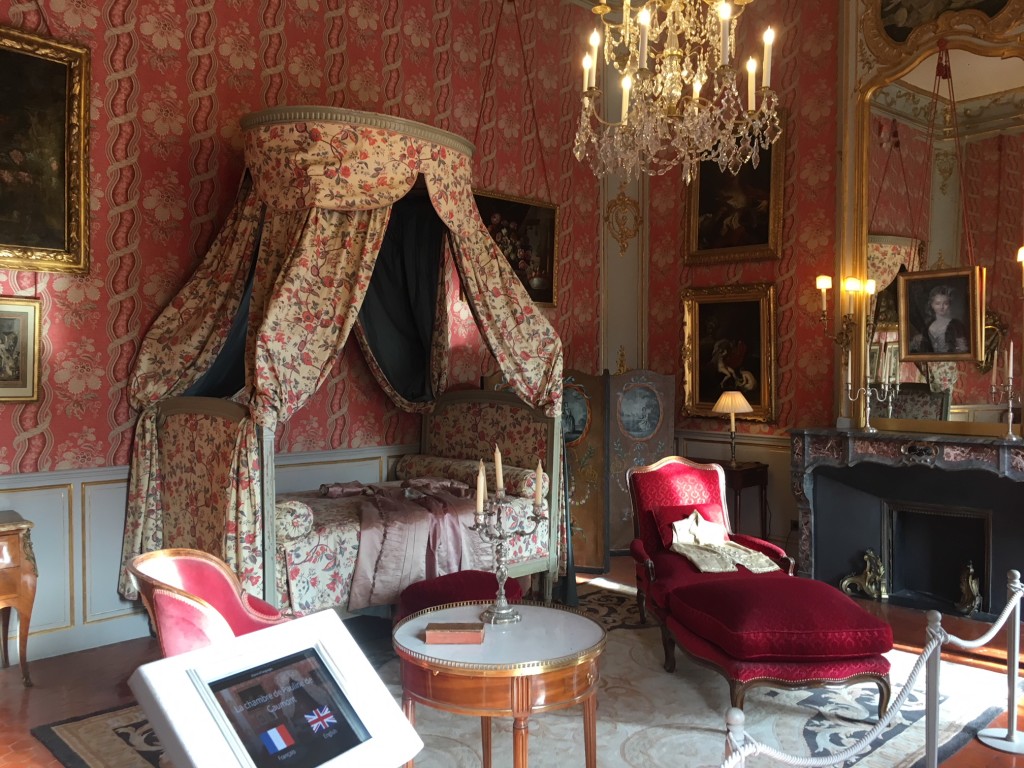
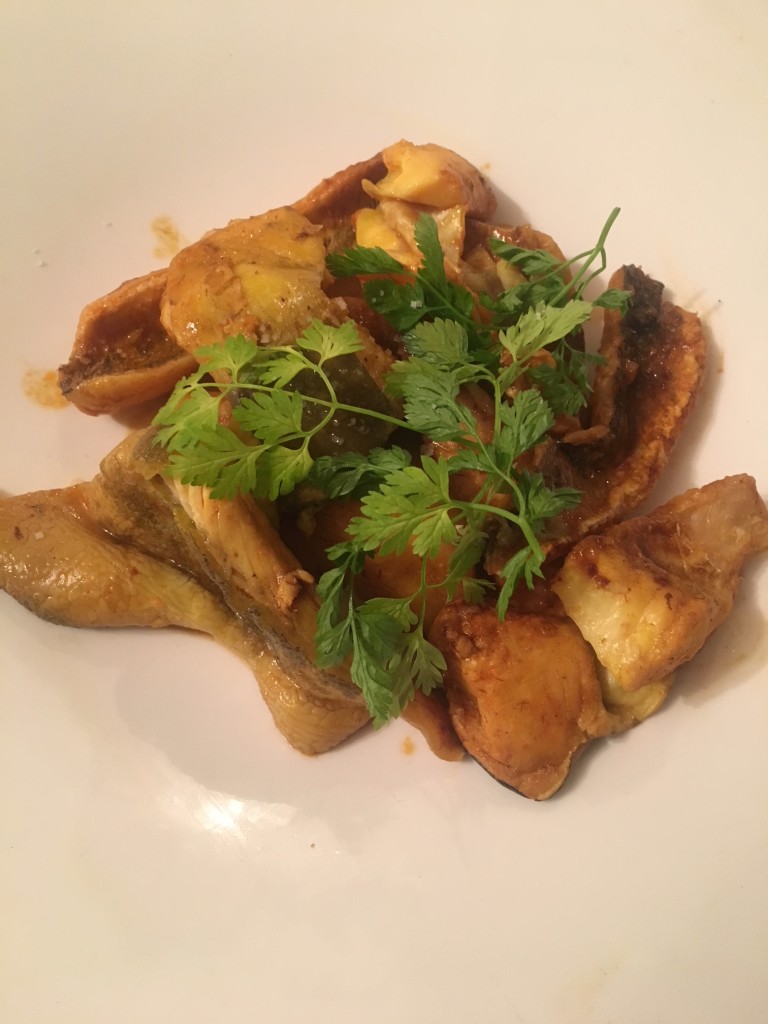
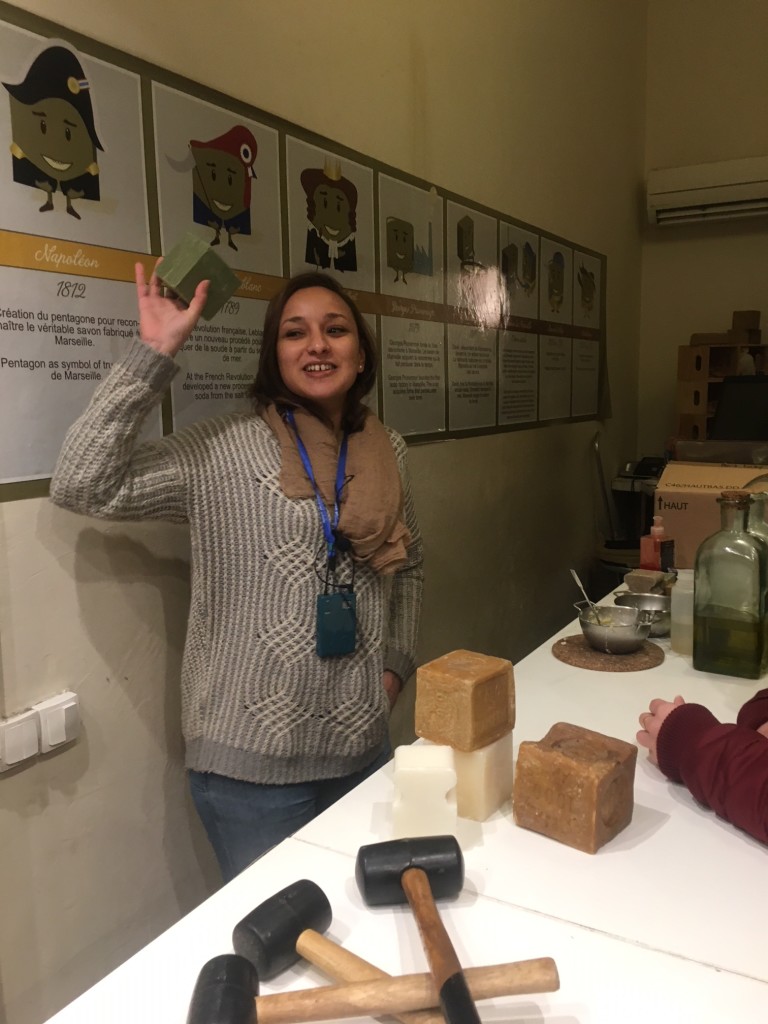
The snow-covered Cours looked specially magical with the Christmas market that adorned the streets during our visit. When we’ve had enough of the snow, shopping and coffee, we entered an alley and took refuge in the warmer enclaves of the Caumont Centre d’Art. For many people in the group, the walls of the museum may just have been an escape from the frozen outdoors. But for me, it was an actual, interesting part of the itinerary — especially since a special exhibit on Colombian contemporary artist Fernando Botero and legendary Spanish painter Pablo Picasso was on display.
Titled “Botero Dialogue with Picasso,” the exhibit showcased hundreds of pieces that relayed how a master of the past (Picasso), influenced the art of an emerging master of the present (Botero) despite the two of them being a lifetime apart.
Botero’s paintings were indulgent and rather rebellious. He uses the consistent imagery of animatedly fat subjects in the middle of their debaucheries — smoking, drinking, post-coital and cross-dressing. Picasso’s, on the other hand, dealt with the same contrarian topics, but with his trademark cubist technique — save for a few classical paintings that looked nothing like the Picasso known to our generation. What a sight!
Singing the blues
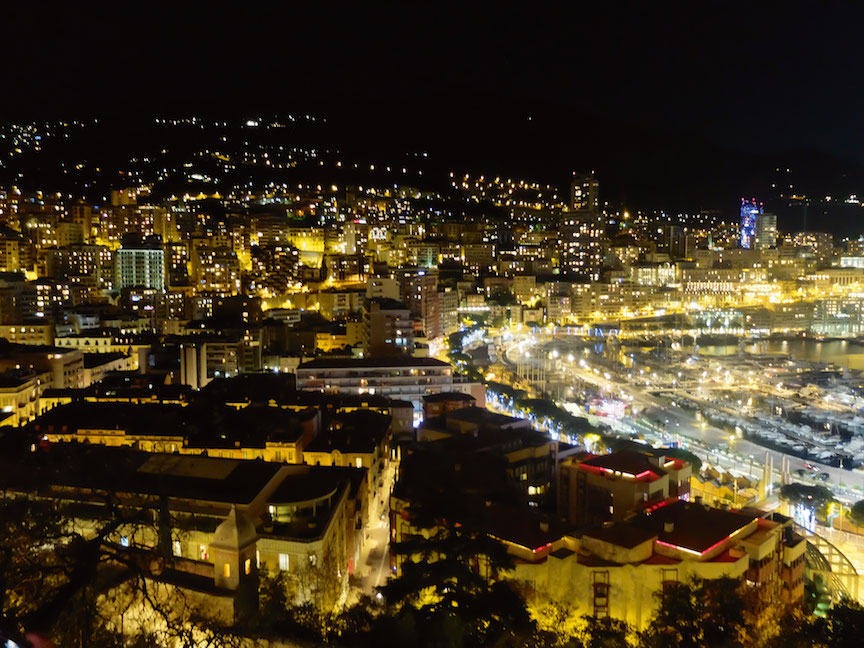
On the sixth day, we left the unusually snowy Provence for sunnier climes. The destination was Cote d’Azur, the legendary blue coast that lines romantic French Riviera. Even in winter, the area, which covers Cannes, Nice and Monaco, enjoys a rather warm 11-15 degree Celsius. Nice, in particular, boasts 300 days of sunlight in a year, despite the sweater weather.
Our first stop was the rustic hilltop village of St. Paul de Vence, where contemporary painters gather to celebrate art as a living tradition. Inside its fortified walls, we found winding streets of stone, vine-covered walls and amazing views of mountain and sea. The narrow streets burst with art galleries and various shops for clothes, sweets and many things French, reminiscent of Belle’s town in Beauty and the Beast. Even the local cemetery looked beautiful, with bold roses kept fresh by the cool mountain climate atop the tombs.
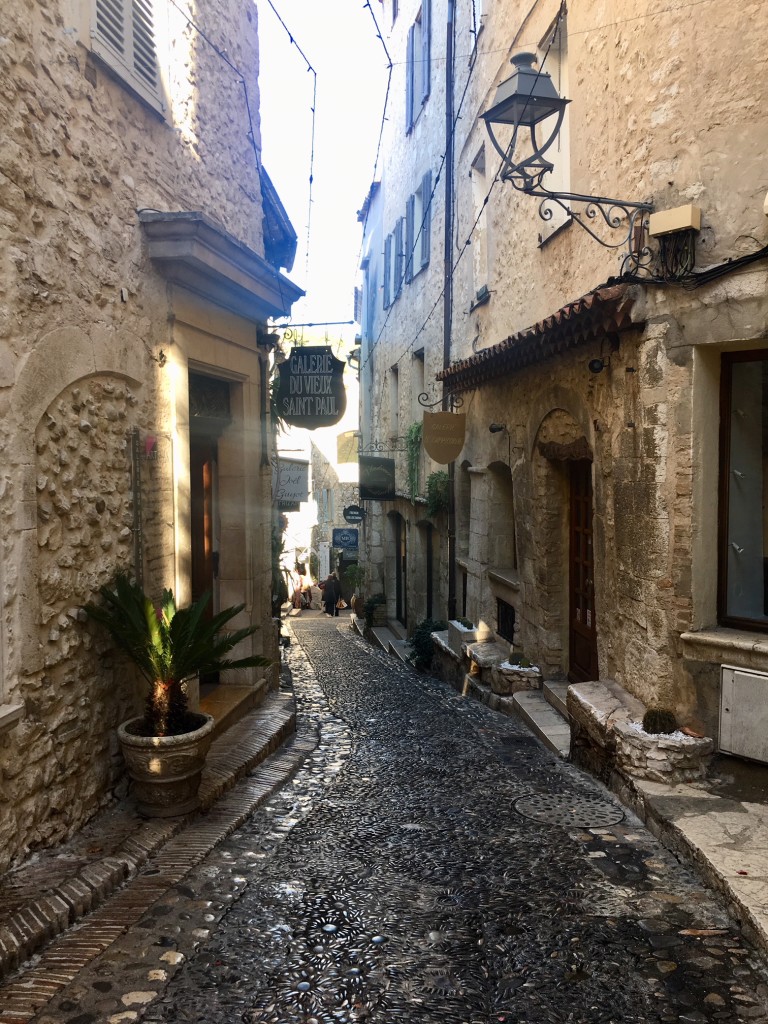
In the afternoon, we took the coach once more to the beautiful town of Eze. The winding mountainside tunnels and roads, against the decidedly blue sky, is a scene straight out of a movie. Images of a spectacled woman driving around in a top-down Cadillac as her scarf flutters in the wind (“In manner of Grace Kelly,” as Bridget Jones would say) immediately came to mind.
In Eze, we spent time at the posh confines of the Cap Estel Hotel, a palacial white structure perched neatly on a cliff. With a price tag that extends to thousands of Euros per night, this magnificent getaway makes for a perfect hideaway when one wants to feel like royalty, what with the nearby principality of Monaco glistening in the distance.
Such distance was soon crossed, as we made our ascent into Monaco. There, castles, gothic churches and beautiful apartment buildings immediately gave off a feeling time-tested grandeur. No surprise there, since it is after all, a place for the rich and famous. But there was definitely awe.
The streets of Monaco literally sparkle because of the asphalt used to line it. And during F1 season, they become part of Circuit de Monaco, where the crème de la crème of racing cars zoom past the excited crowds across the city.
From a cool cliff, we saw Monaco’s golden lights glisten against the velvety darkness. The serene beauty of the place evoked a sigh from us, as we left.
A sunny ending

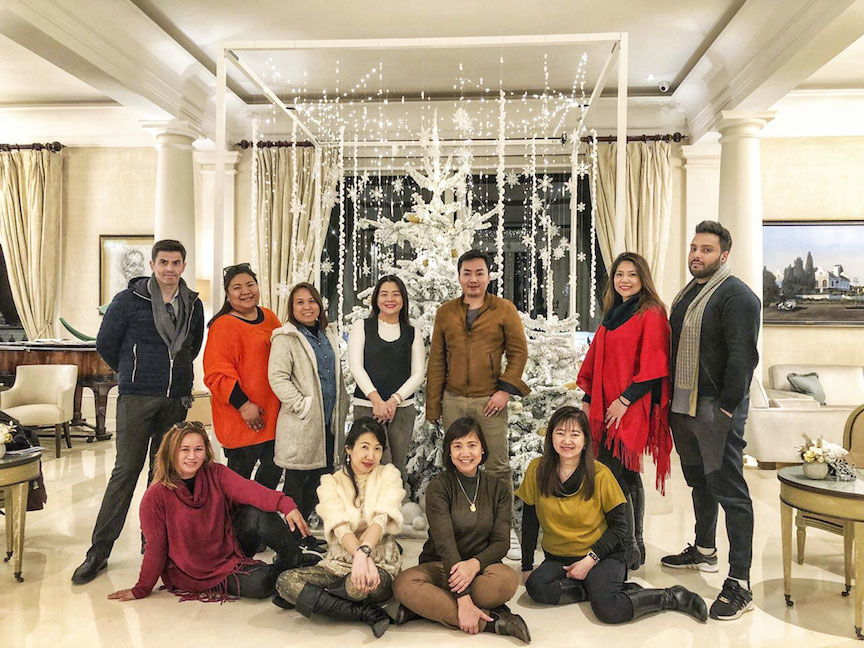
On the last day, we woke up at the beautiful Boscolo Exedra in Nice. At 8 a.m., even in December, the sun was warm, bright and inviting.
We took a street train to weave in and out of the beautiful city, which is regarded as one of the most important in France in terms of tourism, commerce and history. Nice used to be a sovereign kingdom for 500 years. While the sun did eventually set on the time of its kings, it never did on Nice.
The Mediterranean locale is still a populous beauty, lined with Baroque churches, shopping areas such as the famous Galeries La Fayette and other tourist attractions.
The highlight, however, at least for me, was a stroll down the seven-kilometer beachside boulevard called Promenade de Anglais. On the promenade, one can either bask in the beauty of the Mediterranean Sea from the comfort of the metal benches facing the horizon or from the pebbled beach.
While there, I observed that even in winter, the beach had its fair share of visitors having lunch, holding hands, cuddling. Nice is so beautiful that it inspires human interaction. Whether it’s the panoramic views, or the rollerblading couples, or people on their rented bikes with their baskets full, or the palm trees swaying in the wind — everything just looked so romantic!
Finally, at a little before six in the evening, the sun decided to rest. Unlike many sunsets I’ve seen, Cote d’Azur fought off the oranges of the flaming sun. The sky and sea remained blue, almost all throughout sunset, save for a small splash of crimson in the sky where the sun slowly plummeted. The “Blue Coast” it remained, until darkness descended.
On that note, the journey began to end. We shared our final glasses of wine with our newfound friends from the Philippines, Singapore and Malaysia, who were part of the tour. We exchanged numbers, added each other on Facebook and reveled in what was left of our time at the French Riviera. Such is a usual ending to an Insight Vacations tour.
Like an affair that came and went, the eight-day “Splendours of Southern France” trip had since been relegated to memory. But unlike most lovers in the past, the South of France is one I’d definitely like to be with again.
As you’d hear the French say often, “J’adore! (I simply love it).” To that I say, ditto.
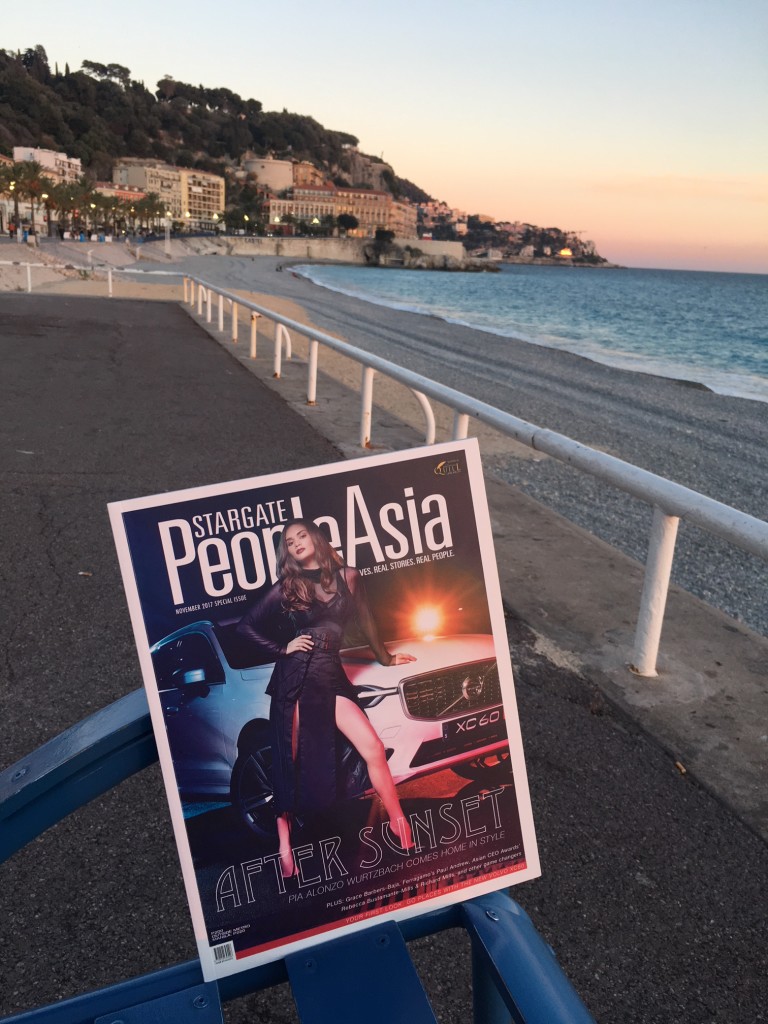
Special thanks to INSIGHT VACATIONS, Atout France and Rajah Travel Corp. Rajah Travel Corp. is Insight Vacations’ general sales agent in the Philippines. Visit them at the 3F, 331 Building, Gil Puyat Ave in Makati, call (632) 894 0886 local 7336 or 7227, or visit www.rajahtravel.com for more information.





